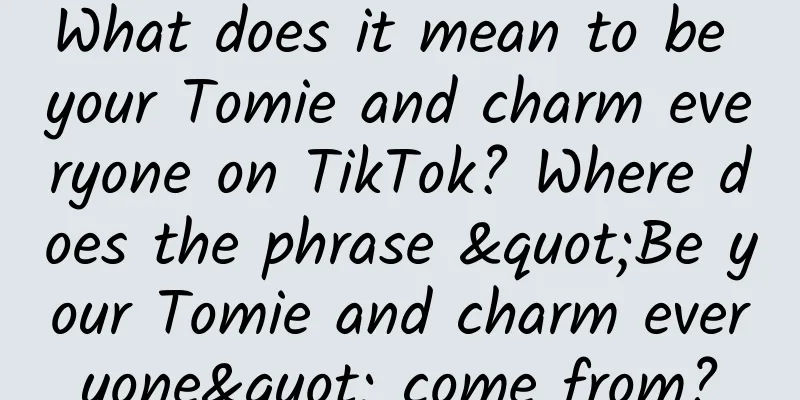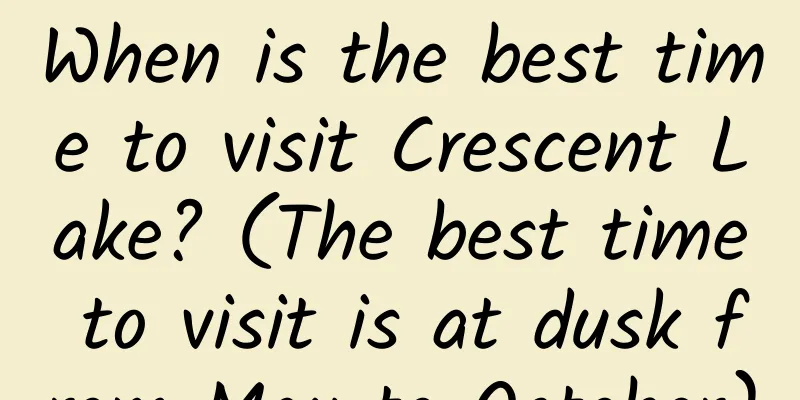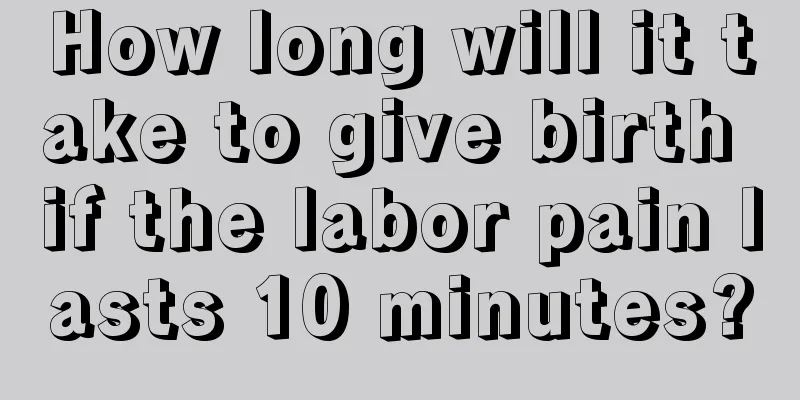Reasons for little lochia after cesarean section

|
Under normal circumstances, the lochia of a woman who has just given birth will be completely emptied within 20 days. The lochia of a woman who has given birth by caesarean section will last a little longer than that of a woman who has given birth naturally, but generally it will last about 3 weeks. Some pregnant women and mothers will have lochia that exceeds this time and the discharge will continue for a long time, which is called continuous postpartum lochia. So why does postpartum lochia not stop? Doctors say there are three reasons for postpartum lochia retention, namely tissue residue, intrauterine infection and uterine atony. 1. Tissue residues It may be due to uterine malformation, uterine fibroids and other reasons, or it may be due to the unskilled technical skills of the surgeon, resulting in the failure to completely eliminate the pregnancy tissue, causing some tissue to remain in the uterine cavity. At this time, in addition to the lochia being unclean, there is also bleeding that is sometimes more and sometimes less, with blood clots inside, and is accompanied by intermittent abdominal pain. 2. Intrauterine infection Intrauterine infection may be caused by taking a sitz bath after giving birth, using unclean sanitary napkins, having sex before the baby is one month old, or by surgical operators not performing thorough disinfection and sterilization. At this time, the lochia has an odor, the abdomen is tender and painful, and there is fever. A blood test shows an increase in the white blood cell count. 3. Uterine contractions It may be due to the inability to rest well after giving birth, or the usual physical weakness and illness, or the delivery time is too long, which leads to blood depletion and weak uterine contractions and continuous lochia after delivery. According to individual differences, the time for each delivery to discharge lochia is not the same. Generally, lochia discharge lasts for 4-6 weeks, with a total output of 250-500ml. If the lochia is not completely discharged after more than 2 months, there may be infection in the uterus, some remnants of pregnancy tissue such as embryos, decidua, and poor uterine repair. Therefore, in such cases, you should go to the hospital immediately to find out the cause of the persistent lochia after cesarean section and treat the cause. If the mother has very little lochia, it may be that the body's recovery is not good. It is recommended to walk moderately or increase breastfeeding to promote the discharge of lochia to avoid the occurrence of adverse lochia problems. Therefore, it is very likely to be abnormal if there is very little lochia after cesarean section. |
<<: What is the best sleeping position after cesarean section?
>>: Chocolate cyst pregnancy rate
Recommend
What happens if a woman's menstruation is delayed for 10 days?
The onset of menstruation marks the beginning of ...
What should girls eat if they have endocrine disorders?
Women are most prone to endocrine disorders, with...
Pregnant again 2 months after miscarriage
Without sufficient preparation, many lovers or co...
How much urea should be used per acre for wheat spraying? When can wheat be sprayed with urea?
Wheat is one of the three major food crops in my ...
Why don't I have my period after IUD removal?
Some couples who don't want children after ge...
What is the reason for infertility?
There are many reasons that affect women's no...
What are the causes and treatments for hair loss in women?
Don’t think that hair loss only happens to men, i...
Can I drink Huoxiang Zhengqi water during my period?
Although the taste of Huoxiang Zhengqi Water is v...
What should I pay attention to when I am pregnant with a saddle uterus?
Women with a saddle-shaped uterus will actually h...
Does breastfeeding cause sagging breasts?
Nowadays, many young women choose to be DINKs and...
What to do if you don't have your period?
If a female friend has not had her period, it may...
What is the cause of vulvar acne
Many friends have heard about acne on the face. I...
There is only one real benefit of eating radishes in winter!
There is a saying in China since ancient times th...
What causes abdominal pain after menstruation?
Menstruation comes to every female friend every m...
How long after the fallopian tube is opened can I have a child?
Fallopian tube hydrotubation has become the first...









